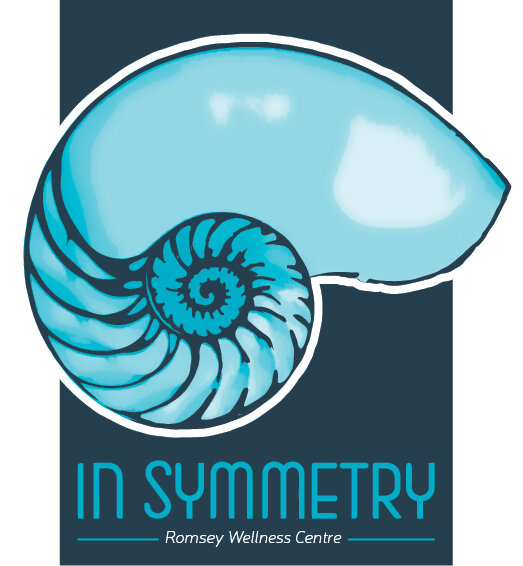WHY DO MASSAGE’S FEEL “GOOD”?
Written by Daniel Shaw (Myotherapist / Remedial Massage)
Why is my first reaction to a sore shoulder is to try and grasp or rub it?
Why can massage and physical therapists help so much more than you can do for yourself?
Questions like these can itch the brain, and to get a clear answer we will have to dive deeper into how the body works!
There are three main things going on when you get a massage from someone else: -
The ability to relax or to “let go”.
Changes in sensitisation or nerve responses.
Changes in the flow and movement of blood within your body.
“Just relax”
Relaxing your body can be incredibly difficult without any practice and it is even more difficult if you need to use those muscles to provide relief.
Imagine this!
You have sore shoulders - so you pick up your right arm, activating all your right shoulder muscles to reach over and treat yourself to some nice relaxing pressure on the left side….. Now the right side is feeling more uncomfortable, and you need to switch!
You try to relax and then pick up your left arm to treat the right, tightening up all the muscles you have just tried to relax!
In some areas self-treatment can work wonders, in others it never quite hits the mark. This is why when someone else does the massage and you can truly relax and not activate all of your muscles you get a better response, and it just feels “better”!
“Don’t get on my nerves!”
On a more scientific note, the main reason why massages feel so good is due to the nervous system!
To condense it down, the human body has several different types of fibres which control your responses to stimuli. When they feel something, they will send information to the brain and that is then translated into what you feel. These notifications being sent to the brain can usually only be sent one at a time.
This transmission comes in three stages, for the sake of simplicity let’s call them the slow, medium and fast channels. When you have aches and pains these usually come along the slow channel and are more constant (the slow transmission is usually the danger sensor and the main channel). If we want to assist with that discomfort, we can interrupt the slow channel with massage or rubbing which allows us to stimulate the fast channel and to override the ‘pain gate’ stopping or changing the slow responses.
The fast fibres are usually meant to make the body aware of its surroundings. During a massage we are letting the body know that the surroundings are not dangerous, and it doesn’t need to tighten up or be as conscious of the slow channel.
Various techniques from massage therapists activate and change the stimuli to the brain and help to work through the discomfort.
“Bloody pain!”
A large portion of the recuperation comes from altering the blood flow to an area. Many massage techniques can warm up the body which in turn opens the capillaries and allows more blood flow throughout the body. The reason this is important is because blood delivers oxygen and nutrients and removes carbon dioxide and waste.
Another styles of massage technique such as trigger point therapy can restrict the blood flow to an area so that when released you get a wave of freshness and relaxation through an area.
Explaining “why a massage can feel so good” is fine but if you want to understand more why not experience it for yourself. Book an appointment today!
If you would like to book a Remedial Massage appointment you can call the clinic on (03) 5429 3610 or book online by clicking the link below.




